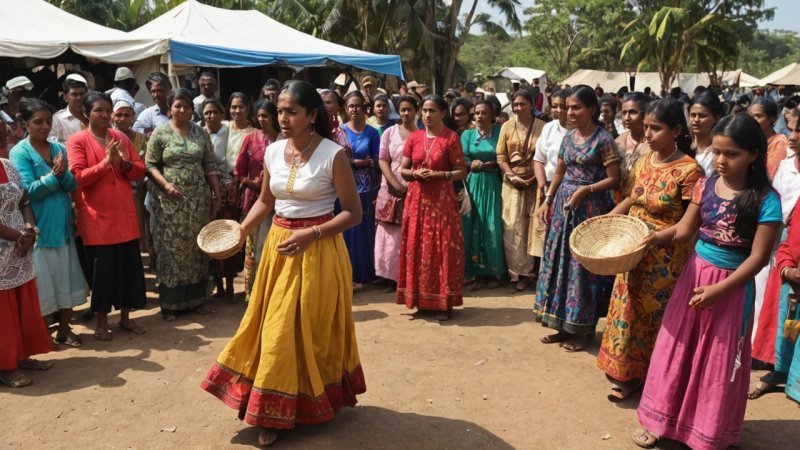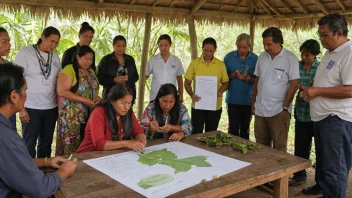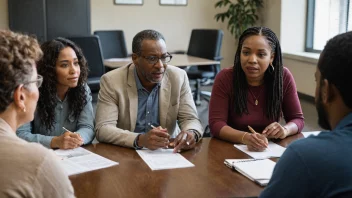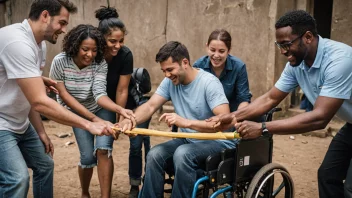Disasters, whether natural or man-made, can devastate communities, leaving behind a trail of destruction that affects not just infrastructure but also cultural identity. In the aftermath of a disaster, the role of cultural heritage becomes paramount in the recovery process. This article explores the significance of cultural heritage in disaster recovery, highlighting how it can foster resilience and community cohesion.
Cultural heritage encompasses the traditions, practices, and artifacts that define a community's identity. When a disaster strikes, it often results in the loss of these vital elements. However, preserving and integrating cultural heritage into recovery efforts can significantly enhance the restoration of affected communities.
One of the key benefits of incorporating cultural heritage into disaster recovery is the sense of belonging it provides to affected individuals. When communities engage in rebuilding efforts that honor their cultural practices, they can reclaim their identity and instill hope. For example, after the 2010 earthquake in Haiti, local artisans were encouraged to recreate traditional crafts, allowing the community to reconnect with their heritage while generating economic opportunities.
Additionally, cultural heritage can serve as a unifying force during recovery. In many cases, diverse groups within a community can come together through shared cultural practices. This collaboration can be seen in post-disaster scenarios where community festivals or cultural events are organized, promoting healing and solidarity among residents. Such initiatives not only foster emotional recovery but also create a platform for dialogue and cooperation.
Moreover, integrating cultural heritage into recovery strategies can enhance the sustainability of rebuilding efforts. When communities prioritize their cultural landmarks and practices, they are more likely to invest in long-term solutions that respect their history. For instance, the reconstruction of historic sites can boost local tourism, providing economic benefits while preserving the community’s cultural identity.
In terms of practical involvement, individuals can contribute to disaster recovery by supporting organizations that prioritize cultural heritage. Volunteering for local initiatives that focus on cultural preservation or participating in community workshops can make a significant difference. Additionally, raising awareness about the importance of cultural heritage in recovery can inspire others to take action and advocate for inclusive recovery strategies.
In conclusion, the role of cultural heritage in disaster recovery is multifaceted, offering emotional, social, and economic benefits. By recognizing and integrating cultural practices and identities into recovery efforts, communities can build resilience, foster unity, and ensure a sustainable future. Engaging in these initiatives not only helps rebuild communities physically but also reinforces their cultural fabric, enabling them to emerge stronger from adversity.






